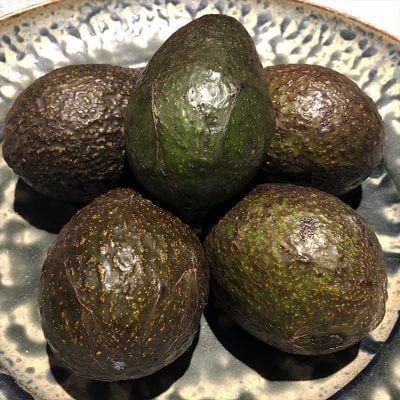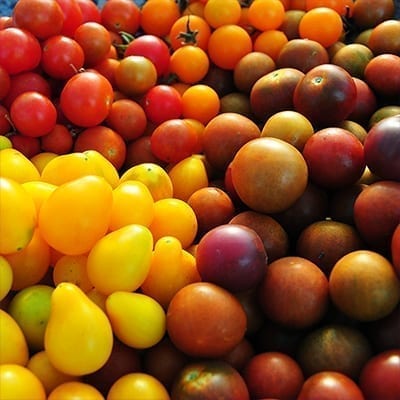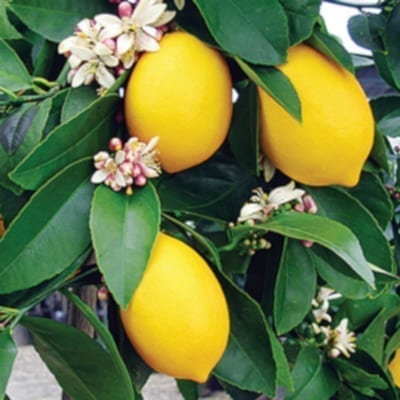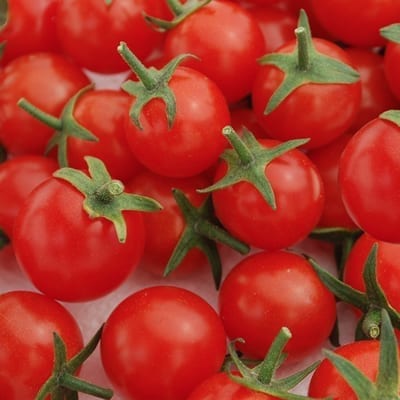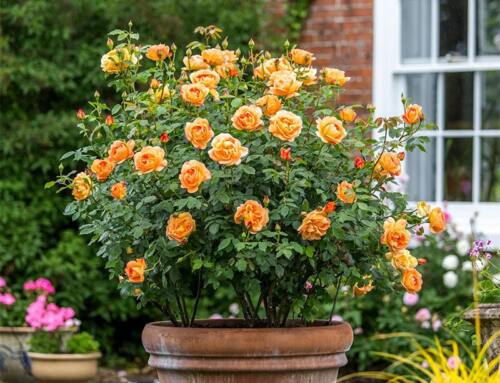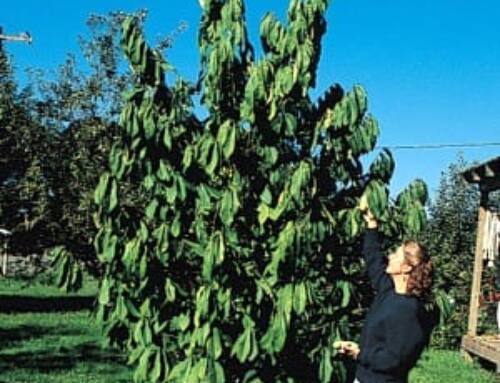The Joys of Edible Gardening During a Crisis
Plus Tips for Success
Edible gardening shows no signs of decreasing in popularity. Every year more and more people discover the benefits of growing their own fruits, vegetables, and herbs. These benefits include saving money, getting exercise, working on a shared project with your family, building community around sharing your harvest with friends and neighbours, a lower carbon footprint, the ability to grow organically, to know where your food comes from, and to grow unique varieties you would never find at the supermarket or even the farmers’ market, and flavour – homegrown produce just tastes better!
We have observed over the years at Phoenix Perennials that during times of crisis the interest in edible gardening increases significantly. While we wouldn’t wish a crisis on anyone, we are happy to see the growth of interest in edibles and the joy that comes with growing your own food, not to mention the psychological and physical health benefits.
After the 2008 financial crisis we saw a considerable bump of interest in edible gardening. Leading up to this time, there was a growing foodie movement and an appreciation of locally grown edibles from home gardens and local farmers. These growing interests combined with the economic uncertainty of the time and fears related to personal food security to encourage many people to increase their edible gardening efforts or to start their first pots and plots of edibles for the first time. With the Covid-19 pandemic, many people also turned to ornamental and edible gardening as a safe, fulfilling, money-saving activity that they could do at home on their own or with their families.
People needed a way to save money especially if their income was affected and also to stay fit, healthy, and inspired while working from home or off work with not much to look forward to but Facebook or Netflix. Parents were looking for ways to coax their children away from video games or calm them down from bouncing off the walls. Growing edibles is an activity you can do with your family that is fun and educational plus kids who grow their own food have been shown to be healthier, more diverse eaters as adults. You could have a yard or you could have just a balcony or patio. No matter your situation and whether there is a crisis or not, edible gardening has much to offer.
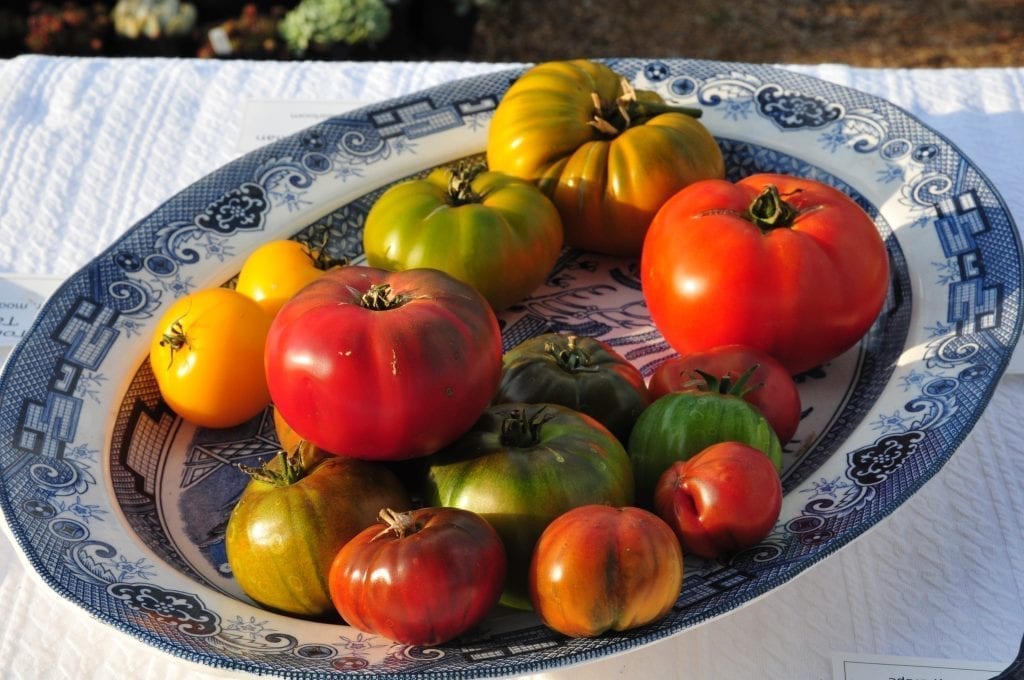
Tips for Success
Seed or Veggie Starts — Starting with seeds or potted veggie starts comes down to your preference as a gardener. Seeds can be cheaper but one of our customers recently shared with us that they are not as cheap as one would think. Between buying the seeds, the special soil mixes, the pots, and the lights, he estimates that growing from seed was about half the cost of buying his veggies in starter packs or 9cm pots, not the vast savings that one might assume when you buy a seed packet. There is also the time and space required to grow your seeds and the potential for failure if your seeds succumb to damping off, get too leggy in your home conditions, or succumb to transplant shock when you move them outdoors. We don’t sell seeds at Phoenix Perennials because we don’t have an indoor area for them but they can be useful for certain situations and for certain gardeners. There is an art and a science to seed-growing. Seed growing can result in great success but also dismal failure. This can be particularly depressing if you’re new to edible gardening. Failures can also happen to more experienced seed starters. If you want to grow from seed, whatever level you’re at, don’t put your edible gardening season all in one basket. Do some edibles from seeds and get others in small pots or veggie packs. Easy plants from seed include leaf crops, like lettuce and kale, radishes, carrots, peas, and beans. Other crops like eggplant, peppers, tomatoes, and basil can be easy for some people but more difficult for others and might be best purchased as small nursery-grown starter plants.
When it comes to fruit trees and bushes, you always want to buy these plants as named cultivars. These types of plants don’t come true from seed and will usually give you inferior performance and lower fruit quality. Most fruit trees are grafted, usually with a hardy and dwarfing rootstock topped with the desirable cultivar. Berry bushes and cane fruit are usually grown from cuttings or division again guaranteeing you will be growing a desirable named cultivar.
Pots or Plots — No matter your gardening situation, whether you have a house with a garden or a balcony in a condo building, you can grow edibles. Most edible plants can be grown in containers or in the garden. In pots, you can also combine different veggies, herbs, berry bushes, and small fruit trees into mixed containers that are more ornamental with contrasts of leaf shapes, leaf colours, and flower colours. An edible container can be both functional and ornamental.
Potting Mix — In containers, the choice of soil mix is very important. For annual veggies and herbs always use a good quality peat- or coconut coir-based potting mix with added perlite. Products like our Sea Soil Container Complete, which also has added compost, is ideal. You can also blend potting mix with your own or purchased compost. To grow fruit trees and berry bushes in containers you’ll need a chunkier mix. Take your high quality peat- or coconut coir-based mix and one third chunky bark nuggets. Avoid using much compost as it is usually too heavy for the roots of woody plants and can cause root rot. In garden beds you should add Sea Soil or garden compost every year to a depth of 2-3 inches for both annual veggies, berry bushes, cane fruit, and fruit trees. Compost doesn’t add a lot of nutrients but it feeds the soil microbes which enhance overall plant health and make more water and nutrients available to your plants.
Fertilizing — The goal with edible gardening is production. So don’t forget about fertilizing. In containers you must fertilize for good results. You can choose organic or conventional fertilizers. Organic fertilizers are relatively weak so you need to fertilize at least once or twice a week, especially in containers. Conventional fertilizers can be in liquid form, granular, or slow release. Liquids are best used in containers and should be applied once a week. Granular fertilizers are best for garden beds and often last 3-4 or 4-6 weeks depending on the type. Slow release fertilizers last for months and can be used in containers or the garden. Our Perennial and Flower 14-14-16 with Micros lasts for 4 months! Fertilize once and you’re done for the season. It can be used in containers or in the ground. If you are interested in growing organically, remember that the most important thing from a human health perspective is that you’re not using pesticides. Fertilizers are just comprised of benign elements from the periodic table like nitrogen, phosphorus, potassium, and micro-nutrients. These do not present a risk to human health. The air you’re breathing right now is 80% nitrogen after all. Overall, stick with what feels right to you but also be realistic about your lifestyle and gardening habits. If you’re good at fertilizing regularly, go organic. But if you can’t trust yourself to be out there regularly watering in your liquid fertilizer, choose a conventional fertilizer for best results, especially a slow release. For extra large bumper crops you can also combine fertilizers. Apply a slow release at planting and then fertilize every 1-2 weeks with an organic or conventional liquid fertilizer. This can really make a difference for annual veggies which grow quickly and require lots of nutrients.
Light and Heat — Most annual and woody edibles require full to part sun. A minimum of 6 hours of direct sunlight a day is a good guideline though annual veggies such as tomatoes, peppers, and eggplants, Mediterranean herbs (rosemary, lavender, thyme, oregano), and woody edibles grow best with as much light as you can possibly give them. Leaf crops like kale, lettuce, chard, and spinach, herb crops like mint, parsley, and water cress, mioga ginger (Zingiber mioga), and fruit trees like paw paws (Asimina triloba) can get by on less light. Edibles also have different tolerances for low temperatures and different needs for daytime temperatures. Cool season crops like peas, beans, lettuce, kale, spinach, parsley, and mint are fine with cool nights and prefer to do their growing in the early season when daytime temperatures are also cooler. Warm season crops like basil, peppers, eggplant, and tomatoes prefer to be above 10 degrees Celsius at night and love as much heat as you can give them. In woody edibles, plants like Citrus, pomegranates, passionfruit, olives, strawberry guavas, and avocado will prefer as much heat as you can give them.
Watering — Providing the right amount of water is very important. Water in the morning or early afternoon if you can and avoid wetting the foliage of your edible plants if at all possible. The timing of watering and your technique will help reduce fungal issues on your crops. Most edibles require a regular supply of water to avoid wilting but not too much water that the soil never has a chance to dry out. As a general rule of thumb for containers, it is time to water when the top inch of soil is dry. Stick your finger one inch into the soil. When the soil is dry on the sides of your finger but just slightly moist at the tip, it’s time to water. Water until you see water begin to trickle out the bottom of the pot and then stop. Never water if the soil surface is still moist. Always wait for the top inch to dry out.
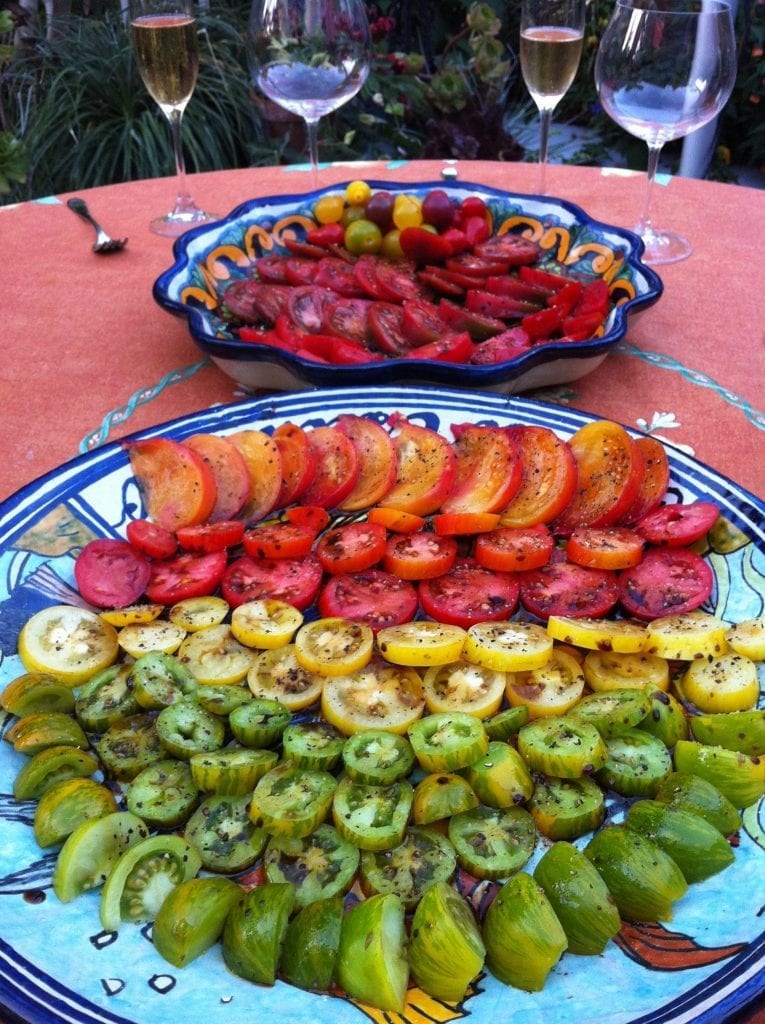
Edible Pre-Orders from Phoenix Perennials
Every winter we launch various pre-orders for the hottest edibles of the upcoming season. These pre-orders include the Grafted Veggie Pre-Order, The Great Citrus and Rare Fruit Pre-Order, the Hardy Fruit Tree Pre-Order, and the Summer Bulb and Bare Root Pre-Order (Edible Section), among others. In winter and early spring visit our pre-order area. During the rest of the season, come in to the nursery to shop from one of Canada’s most diverse selection of edibles or check out our Main Mail Order catalogue for many more edible options for online ordering and cross country shipping to Canadian gardeners.
Have we hope you continue to have a great time in your edible garden!

